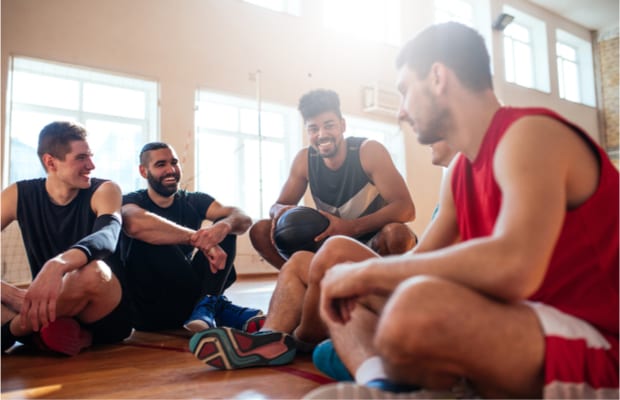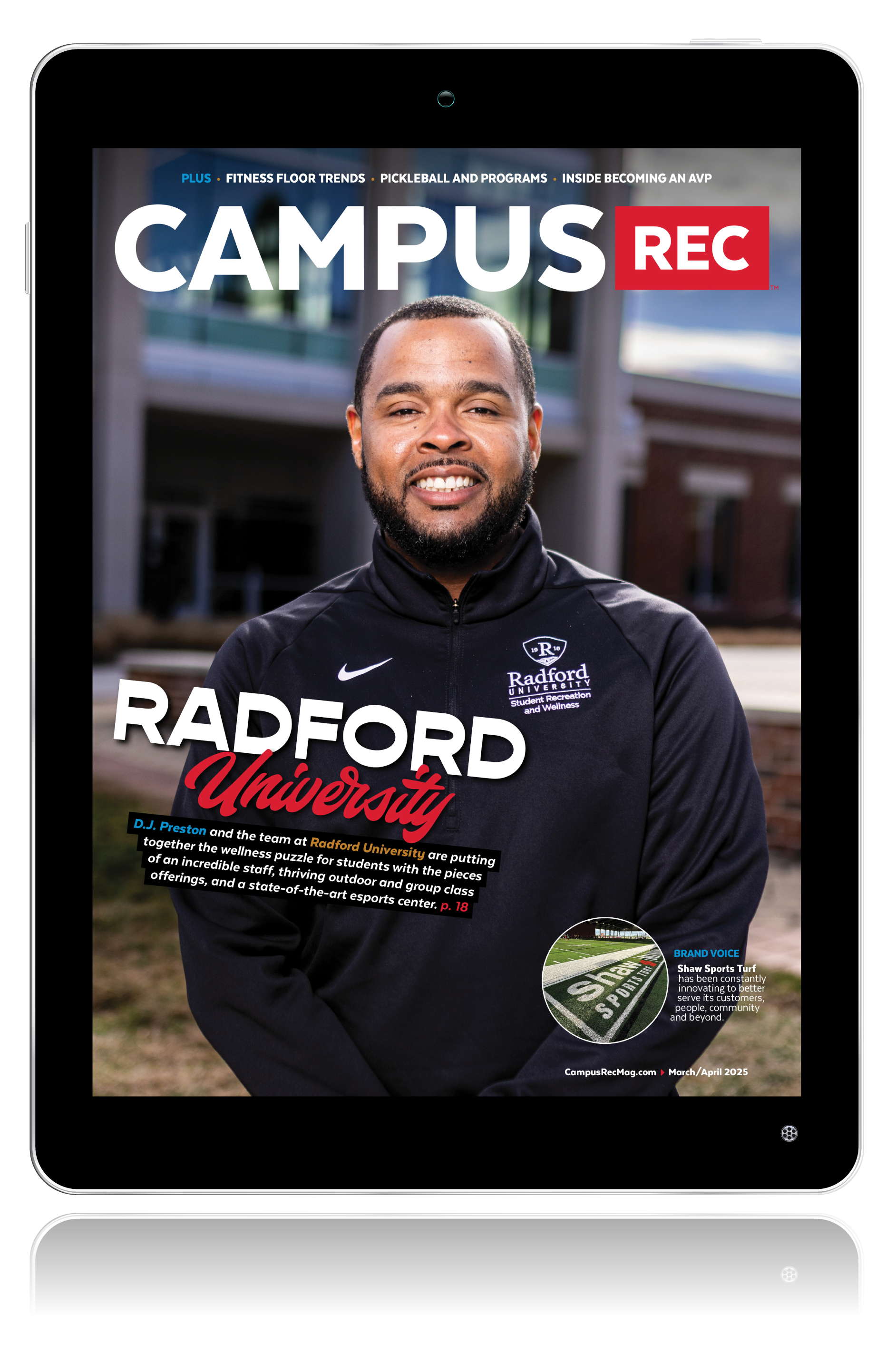
In my last blog, we discussed the importance of hiring great people. This month, we take a look at the products that those people deliver.
Open a thick business textbook, the ones you read (or probably didn’t read) during college or high school, and you’ll likely find some mentions of the word “widget.”
What the heck is a widget? Well, it’s whatever you want it to be.
A widget is a hypothetical, unnamed product. It could be a mouse trap, a guitar or even the now infamous Popeyes chicken sandwich. In The Profit, investor Marcus Lemonis works with small companies that produce all sorts of widgets. For him, the type of product is far less important than its unique qualities.
In a world with Amazon, Wal-Mart and a new upscale grocery franchise opening every month, the options are endless to find your favorite widget in all styles, colors and flavors. Corn on the cob ice cream anyone? Yes, that really exists.
Lemonis searches for the differentiator. What makes a company’s product or service unique? What makes it stand out from the pack? It could be an incredible secret recipe, a unique designer or a new invention. Once he finds that special something, he focuses on it to help the business succeed.
We may not produce or manufacture many widgets in campus recreation, but the principle remains the same. Our products take the form of many different wellness and recreation programs and services. Though we may not battle for market share with big box retailers, we do face growing competition from 24-hour gyms, boutique fitness centers and the wide array of activities across campus that vie for student interest.
To stand out and attract participation from students, faculty, staff, etc. we must differentiate ourselves. Why should users choose to enter our doors or sign up for our programs? What makes us special?
Let’s take a look at some keys to improving and differentiating the products we offer.
Not all ideas are good ideas.
Did you know Thomas Edison built a ghost box, a machine to speak to paranormal spirits? We have all heard someone say “there are no bad ideas.” That someone is wrong. Thankfully, Edison had another light bulb go off in his head — see what I did there?
Innovation is critical to our department’s success. Students want new and creative activities, but we must identify the winners and losers quickly to avoid wasting money, time, and space on programs and services that miss the mark. Limited trials, focus groups or other testing methods may help weed out unsuccessful ideas without risking their negative impact.
It’s not about you.
We make lots of decisions as we create and shape programs and services. It’s easy to find ourselves leaning toward personal bias. Don’t like yoga? Spend all your free time playing squash? Whether intentional or not, those preferences can have an impact on our professional input.
Developing avenues for feedback can limit the exposure we have to personal bias. Without customer input, we may be missing out on a potential “special sauce.” Can you imagine if Colonel Sanders actually preferred grilled chicken?
Consider the entire experience.
Our product is the user experience. That experience starts when the user drives or walks to our facility and ends once they walk or drive away. Are there supplemental services or improvements you can provide that add value?
Can you make parking easier? Add massage devices and towel service to your group fitness studios? Include pre- and post-workout on-site nutrition options? Convenience is an important factor for consumers; just count the number of Walgreens and CVS stores you pass on your way home.
In the next installment we will dive into Lemonis’ final principle: the process.










